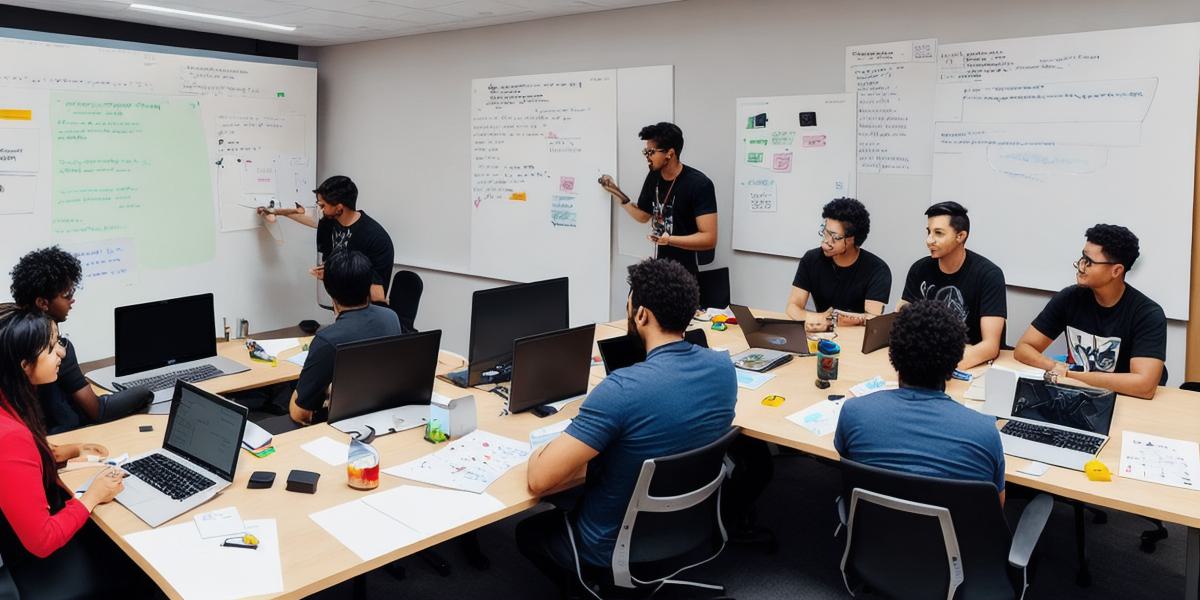Introduction
The metaverse, a virtual world where people can interact with each other and their environment, has been gaining popularity as a tool for learning and development. This article will explore the benefits of incorporating the metaverse into learning and development programs, including increased engagement, improved retention, and enhanced collaboration.
Increased Engagement
One of the main benefits of using the metaverse for learning and development is that it can greatly increase engagement. In traditional classroom settings, students may become disengaged or lose interest in the material being taught. However, in the metaverse, learners are fully immersed in a virtual world where they can interact with the content in a more meaningful way.
For example, a company that provides training for its employees on how to use new software could create a virtual environment where employees can practice using the software in a safe and controlled manner. This would allow them to learn at their own pace and receive immediate feedback from their instructors.

Improved Retention
Another benefit of using the metaverse for learning is that it can improve retention. In traditional classroom settings, students may have difficulty remembering what they learned after the class is over. However, in the metaverse, learners are able to interact with the content in a more engaging way, which can lead to better retention.
For example, a university could create a virtual environment where students can practice their public speaking skills by giving presentations in front of a virtual audience. This would allow them to receive immediate feedback from their peers and instructors, which could help them improve their public speaking abilities and retain the information they learned.
Enhanced Collaboration
Finally, the metaverse can also enhance collaboration between learners. In traditional classroom settings, students may work in groups, but they are not able to collaborate with other students who are not physically present in the same location. However, in the metaverse, learners can interact with each other in real-time, allowing them to collaborate more effectively.
For example, a company that provides training for its employees on how to use new software could create a virtual environment where employees from different locations can work together on a project. This would allow them to share ideas and work more efficiently, even if they are not in the same physical location.
Summary
Incorporating the metaverse into learning and development programs can have numerous benefits, including increased engagement, improved retention, and enhanced collaboration. As technology continues to evolve, it is likely that we will see more and more companies using the metaverse as a tool for training and development. If you are a developer working in this field, it is important to stay up-to-date with the latest developments in the metaverse and how they can be used to improve learning and development programs.




